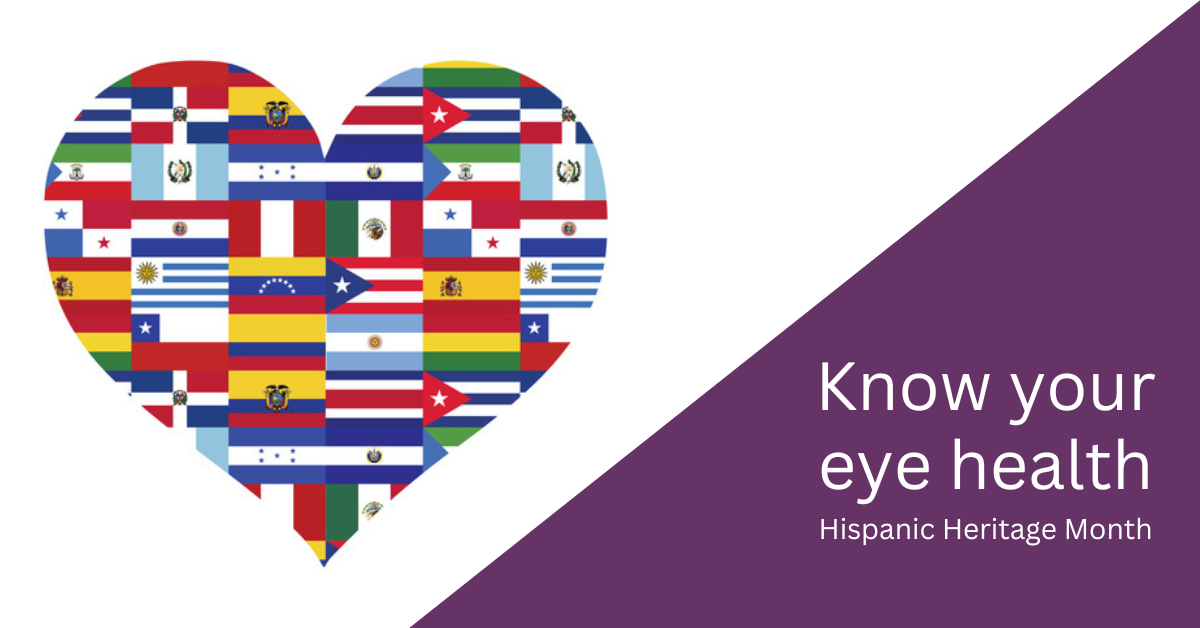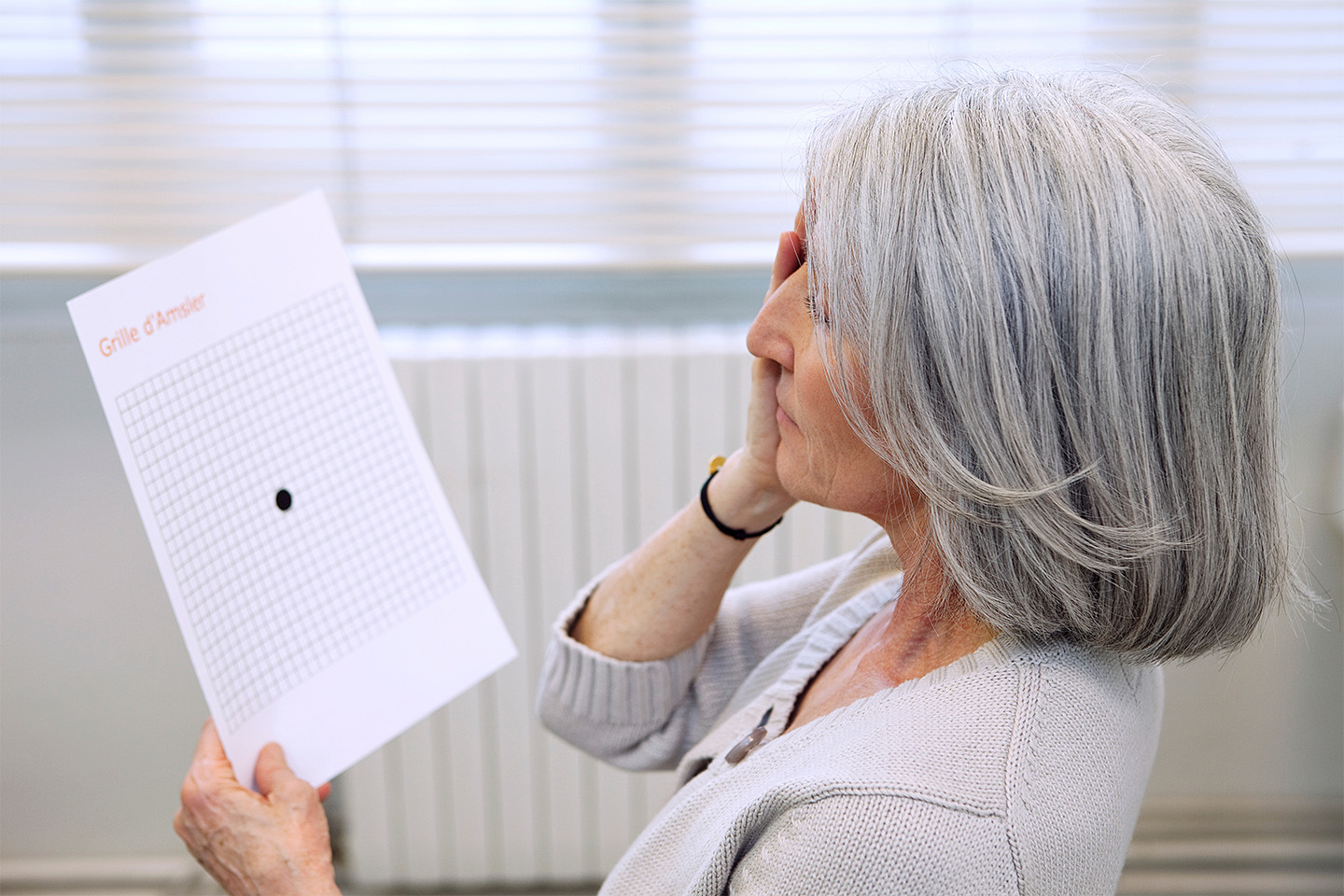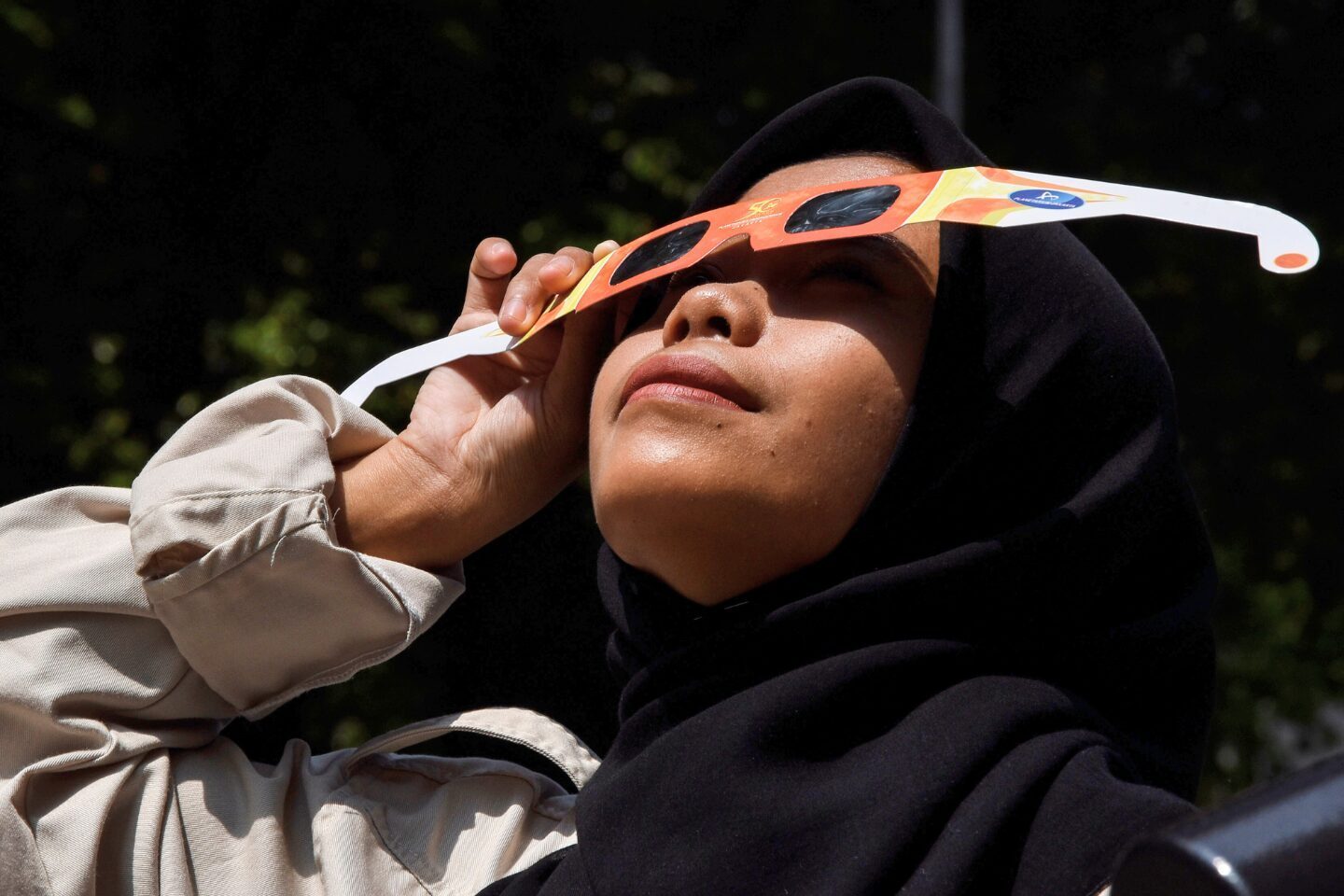Hispanic Heritage Month: Eye Health Among Hispanics and Latinos

Hispanics/Latinos have a higher risk of developing vision problems and eye diseases, according to the National Eye Institute. Blindness is twice as common in the Hispanic population as it is in the general population. Genetics, lack of access to care, and cultural beliefs all play a role in susceptibility to eye conditions.
At Kleiman Evangelista, our goal is to provide Hispanic communities with the information needed to support vision health. As a part of this effort and in honor of Hispanic Heritage month, let’s take a closer look at eye health among Hispanics/Latinos and discuss vision problems and diseases that heavily impact the Hispanic population and ways to prevent them.
What Is Hispanic Heritage Month?
Hispanic Heritage Month honors the histories, cultures, and contributions of American citizens whose elders came from the Caribbean, Mexico, Spain, and Central and South America, celebrated in the United States from September 15 to October 15. Hispanic Heritage Month began in 1968 as Hispanic Heritage Week and expanded to a month-long celebration in 1988. Hispanic Heritage Month is a time to celebrate Hispanic Americans who have enriched our nation and society through tradition, art, literature, music, food, and more.
Eye Conditions Affecting Hispanics and Latinos
There are several common eye conditions and diseases that disproportionately affect Hispanics/Latinos.
Diabetic Retinopathy
Diabetic retinopathy happens when high blood sugar levels damage the blood vessels in the retina, the tissue located at the back side of the eye that senses light. This is a leading cause of blindness in adults in America. About half of all Americans diagnosed with diabetes have some stage of diabetic retinopathy, according to the National Eye Institute.
Some risk factors for diabetic retinopathy include duration of diabetes, poor control of blood sugar levels, high blood pressure, and smoking. If you have diabetes, it’s important to have an eye exam at least once a year to screen for diabetic retinopathy. Early detection and treatment can help prevent vision loss.
There are several ways people with diabetes can reduce their risk of diabetic retinopathy, including:
- Managing blood sugar levels
- Controlling blood pressure
- Healthy diet
- Regular exercise
- Regular eye exams
Glaucoma
Glaucoma is another leading cause of blindness, and it impacts people of all ages. According to the Centers for Disease Control and Prevention, about 3 million Americans have glaucoma, and only half of them are aware that they have the condition. While there is no cure for glaucoma, it can be managed with medication or surgery.
Glaucoma Risk Factors
There are several risk factors for glaucoma, including:
- Aging
- Family history
- Diabetes
- Hypertension
How to Reduce Glaucoma Risk
The best way to reduce glaucoma risk is annual dilated eye exams. Regular comprehensive exams can catch any glaucomatous damage in the early stages before it permanently affects vision.
Pterygium
A pterygium is a growth of tissue on the surface of the eye. It usually starts on the side of the eye closest to the nose and can grow slowly over time. While a pterygium is not usually painful, it can cause redness and irritation. In severe cases, it can distort the shape of the cornea and affect vision.
According to the NIH NLM, pterygium occurs more frequently in men than women and is most common in people between the ages of 20 and 50. It is also more common in people who spend a lot of time outdoors in bright sunlight or in dusty environments.
How to Reduce Pterygium Risk
Fortunately, there are ways to reduce the risk of developing pterygium. Wearing sunglasses or a hat with a brim when outdoors can help to protect your eyes from ultraviolet (UV) radiation. Quitting smoking and avoiding second-hand smoke are also important steps in reducing your risk.
Cataracts
Cataracts are a common condition that affect more than 24.4 million American adults over the age of each year, according to the National Eye Institute. And by 2050, that number is expected to reach approximately 45.6 million. Cataracts occur when the lens of the eye becomes cloudy or opaque, making it difficult to see clearly. While they can occur at any age, they are most common in older adults.
The risk factors for cataracts include age, diabetes, smoking, and prolonged exposure to ultraviolet (UV) light. Luckily, there are things you can do to reduce your risk of developing cataracts. Wearing sunglasses and hats when outdoors can help to protect your eyes from UV light exposure. Maintaining a healthy weight and discontinuing smoking are other factors to help reduce the risk.
What Can you Do?
While some eye conditions cannot be prevented like cataracts, there are measures you can take to protect your vision and reduce your risk of developing an eye disease or condition. The CDC recommends the following precautions for those of Hispanic or Latino heritage.
Wear Protective Eyewear
Any optometrist will tell you protective eyewear is an important way to protect your eye health and prevent eye injuries. Wearing protective eyewear can help to prevent these conditions from developing, or at least slow their progress. In addition, wearing protective eyewear can also help to prevent more everyday problems, such as sunburned eyes and dry eyes.
This is especially true for Hispanics and Latinos, who are more likely than non-Hispanic whites to develop certain eye conditions, such as age-related macular degeneration and glaucoma.
Know Your Family History
Many eye conditions are hereditary, meaning they can be passed down from generation to generation. Knowing your family history can help you be more aware of your risk for certain conditions and take steps to prevent them. For example, if you have a family history of macular degeneration, you may want to get regular eye exams and eat a diet that is rich in antioxidants.
Live a Healthy Lifestyle
Living a healthy lifestyle is important for overall health, including eye health. Here are some of the recommended lifestyle habits that can help to protect your eyes:
- Eat a healthy diet. Include plenty of fruits, vegetables, and whole grains in your diet and limit your intake of processed foods. Your eyes need a nutrient-rich diet packed with vitamins like vitamin A to stay healthy.
- Exercise regularly. Exercise can help to reduce your risk of developing diabetes, which is a leading cause of blindness. Try to get at least 30 minutes of exercise each day.
- Quit smoking. Smoking is a leading cause of vision loss and can increase your risk of developing cataracts, age-related macular degeneration, and diabetic retinopathy. If you smoke, quitting is the best thing you can do for your eye health.
- Manage diabetes. If you have diabetes, it’s important to keep your blood sugar levels under control. High blood sugar levels can damage the blood vessels in your retina and lead to vision loss.
- See your doctor regularly. As you age, it’s important to have your eyes checked regularly by an eye doctor. This is the best way to catch problems early and prevent vision loss.
Don’t Ignore Vision Changes or Problems
Even if it seems like no big deal or you’re busy, ignoring vision changes or problems can lead to serious consequences.If you have diabetes, high blood pressure, or any other health condition that affects your blood vessels, you could be at risk for vision loss or blindness if you don’t get your eyes checked regularly.
Many eye conditions are more likely to develop or worsen if they’re not treated early on. So, if you notice any changes in your vision, don’t ignore them – make an appointment with an eye doctor immediately.
Get Care at Kleiman Evangelista Eye Centers of Texas
Kleiman Evangelista is committed to providing excellent eye care to all our patients. Our clinics offer:
- Bilingual staff: Comfort and inclusion is important to us. Our bilingual staff can answer all of your questions in English or Spanish.
- A wide range of services: We offer a variety of services so that we can meet all of your eye care needs in one place.
- Comprehensive eye exams: Kleiman Evangelista comprehensive eye exams to help you maintain your best possible vision.
- Treatment for conditions and diseases: If you have an eye condition or disease, you can get the treatment you need to protect your vision.
If you’re interested in learning more about our services or if you’d like to schedule an appointment, please contact Kleiman Evangelista today. Texas has a rich history of Hispanic and Latino culture, and we’re here to provide the best possible eye care for your whole family.









